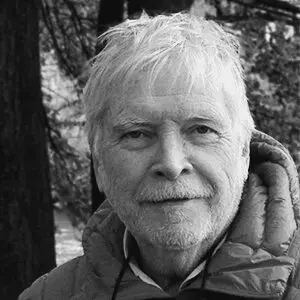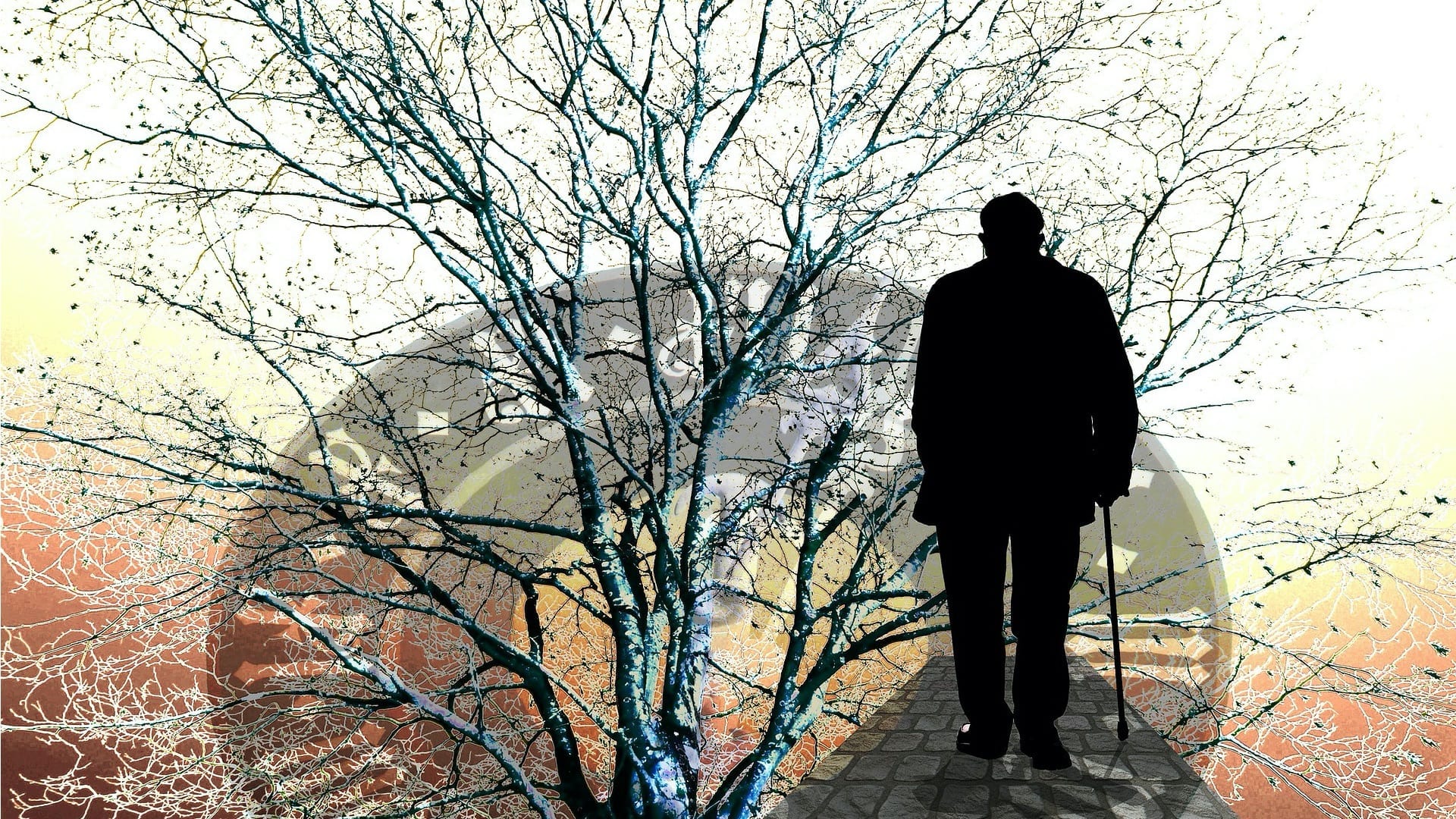

This is the second blog post in the series Sixteen Psychological Reflections on COVID-19 by Robert Romanyshyn
We shall not cease from exploration
And the end of all our exploring
Will be to arrive where we started
And know the place for the first time.
– T.S. Eliot Little Gidding V
Memory can be a path of exploration, a backward glance which, returning one to the moment where the present started, can make one present to the present moment in another way – where one might, as Eliot notes, come to know it for the first time.
Are not such returns necessary, especially in moments of change and crises? Applied to the current COVID-19 crisis, Eliot’s words imply that if we do not come to know how we have arrived at this point in time when the world is in the grip of a pandemic, we will not understand where we are and then will extend this moment into a future that will not change the conditions that have made this crisis possible.
Ignorance grows like a virus in the soil of amnesia!
This backward glance of remembering is the work of history, an act of interpretation that frames historical moments in a particular way. The Frankenstein Prophecies is a work of historical interpretation that frames Mary Shelley’s original tale of Victor Frankenstein and the ‘Monster’ not only as a parable for our time. It is also a psychological history that explores the undercurrents of unconscious dynamics in Victor Frankenstein’s dream to create life. As such, it is a shadow history that attends to the haunting presence of how those unconscious dynamics have shaped and informed the key question: ‘Who is the Monster?’
The historian Norman Cohn acknowledged the singular importance of such an approach in his book Europe’s Inner Demons. A history of witches published in 1977, it is relevant today as it invites us to explore the role of unconscious dynamics in shaping our ideas about the COVID-19 pandemic.
Affirming that he was investigating “above all a fantasy at work in history,” he adds that “it is a fantasy and nothing else that provides the continuity in this story.” This is a remarkable statement because it acknowledges that what stitches together historic events are threads woven by soul. The stuff of imagination—fantasies, memories, images, dreams, biases, complexes, archetypal and mythic themes– weave their wispy threads around events transforming historical events that happened into stories.
While Cohn uses all the tools of a historian’s craft, in a postscript to his work, he returns to his claim about the role of fantasy. Speaking to his discipline, he writes that the historian needs to attend to the “depths, which were not to be explored by the techniques at my disposal.” Other techniques, he adds, are needed “to venture further downwards, into the abyss of the unconscious.” (258)
In such depths, a history of events is a history of soul making!
The Frankenstein Prophecies explores the depths of Mary Shelley’s story. Venturing into the abyss, it lends an ear to attend to the Monster’s side of the story. As such, it shows how her tale of Victor Frankenstein, whom she calls a modern Prometheus, is the myth within which his dream is becoming our nightmare. The creature he makes and abandons, refusing even to name him and to take responsibility for the consequences of his dream and then exiles him to the margins of the human community, is the one who is returning in the symptomatic form of COVID-19.
Victor’s Monster, one of eight monstrous disguises of his creator’s dream described in The Frankenstein Prophecies, is the one who is arriving from where this dream began to point out how we can know this moment for the first time in another way: as a myth and dream that we are still dreaming.
If we can find the courage to do what Victor Frankenstein did not do; if we can face the Monsters we are making and take responsibility for the world we have created as a place that excludes and marginalizes them, then we might have a chance to imagine another path toward the future that does not just repeat the present, setting the stage for the next contagion and the one after that and so on.
We might be able to open a future, not as a fate to which we seem condemned. We might be able even to sow the seeds for a breakthrough to a new world view that can arise from the breakdown of the present world view that seems to be collapsing around all of us.
Enjoy all the essays in the series Sixteen Psychological Reflections on COVID-19 by Robert Romanyshyn.
Robert Romanyshyn, a poetic thinker and storyteller, is your guide in the space where nature, psyche, technology, and humans meet. Enjoy his courses Reflections on Ecology and Soul, The FrankensteinProphecies, and his lecture Inner Journeys in the Outer World.

Robert Romanyshyn
Robert D. Romanyshyn is an Emeritus Professor of Clinical Psychology at Pacifica Graduate Institute, an Affiliate Member of The Inter-Regional Society of Jungian Analysts, and a Fellow of the Dallas Institute of Humanities and Culture. He is also a Core Faculty Member at Jung Platform.
More Posts by Robert Romanyshyn3 Comments
Join the discussion and tell us your opinion.
Comments are closed.
A powerfully evocative essay on human creative potential — I love the idea of “a chance to imagine another path toward the future that does not just repeat the present” — and as this series proceeds, I am looking forward to how this all fits into “nature” —
Yes indeed, the past is a woven tapestry, one thread at a time. You make me ponder how history is our second life–the one we live is the first; the one we remember is the second. Sometimes they align, but not often with the precision we imagine.
I remember reading parts of a book entitled Narrative Truth and Historical Truth–Spence? So we have the truth of our history, but we also have airbrushed over it the truth of our narrative history and that as get older, we continue to weave that narrative into our history. A rich topic, Robert; and it hit a benevolent nerve.
Thank you, again, Robert. A good reminder that history is so much more than what happened–it is the meeting point of the fantasies of the historical actors, the fantasies of the historian writers, and the fantasies of the readers. In all these ways we really do need a psychoanalytic sense of history–whether made in the past or being made in the present. I wonder if you are familiar with the work of Hayden White? He’s not so much psychoanalytic as literary, I think, but he has interesting thoughts about how historical writing is always emplotted as tragedy, comedy, etc. You might find resonances there.